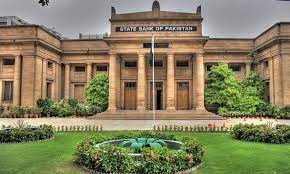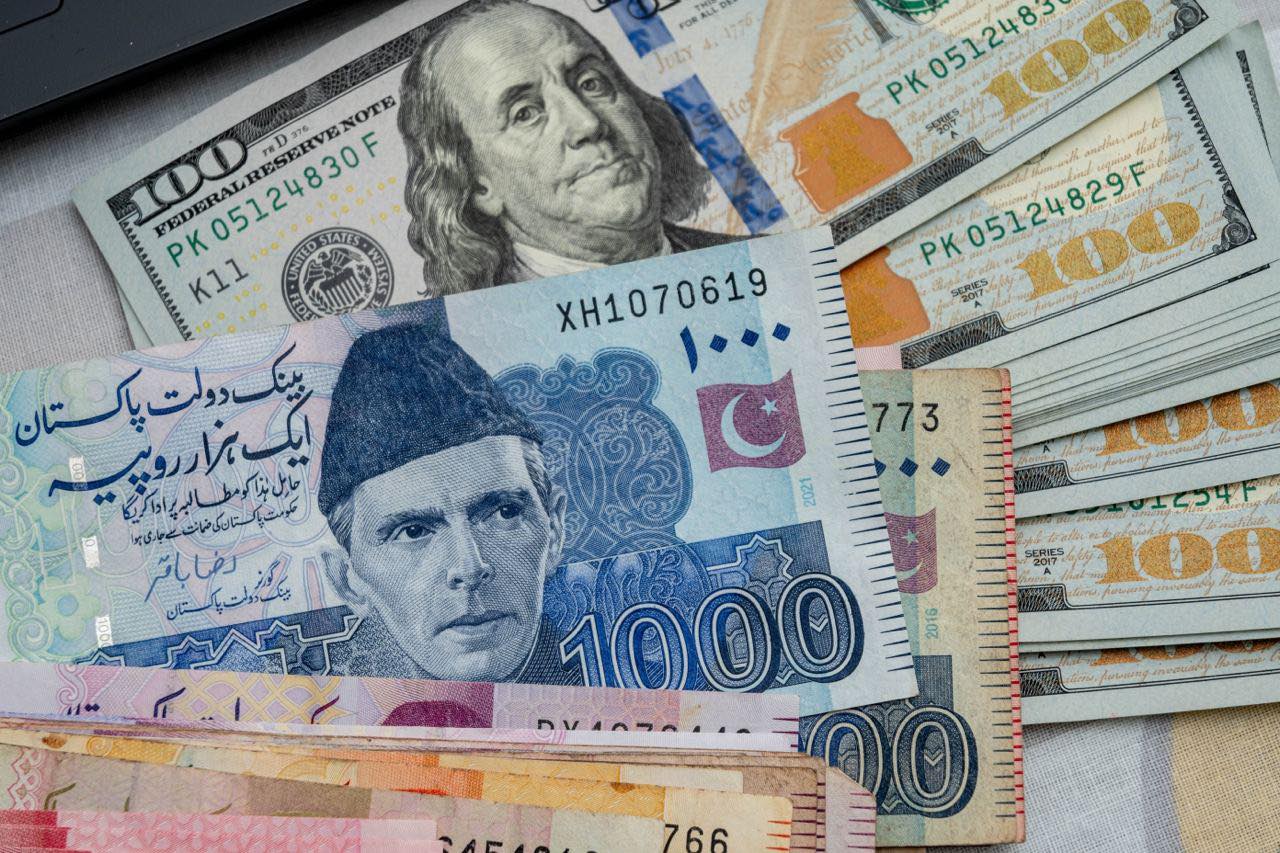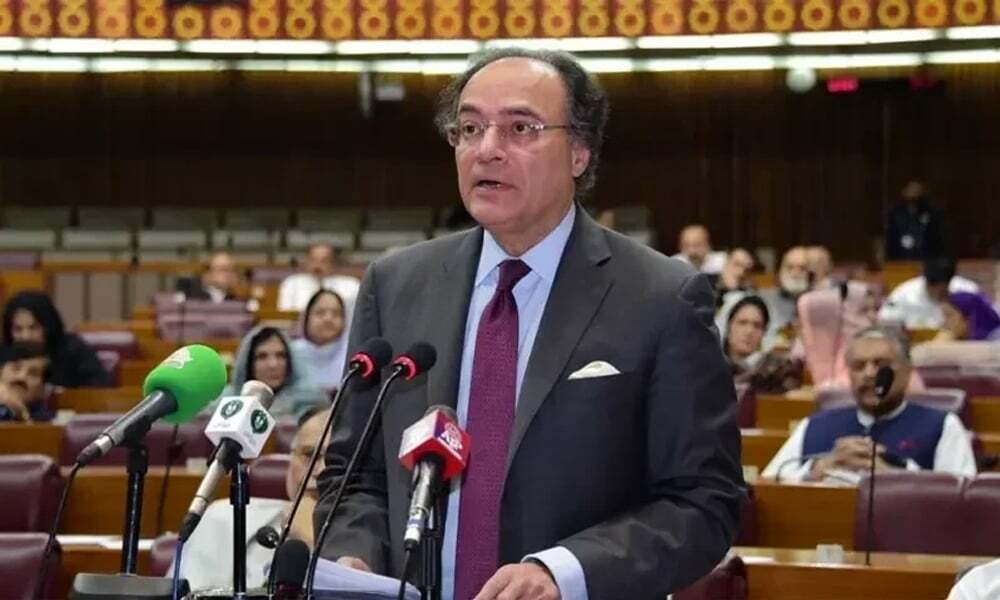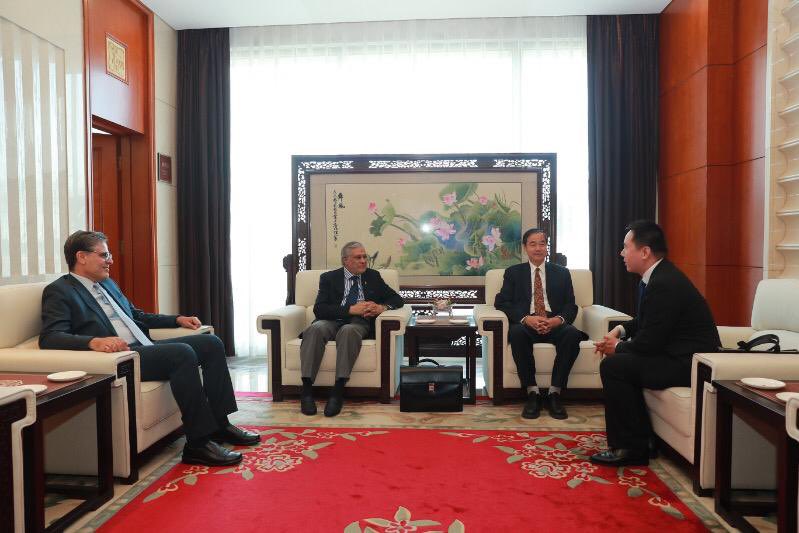The State Bank of Pakistan’s (SBP) Monetary Policy Committee (MPC) announced on Monday a reduction in the key policy rate by 150 basis points (bps), bringing it down to 20.5%. This change, effective from June 11, 2024, marks the first rate cut by the central bank in four years.
The MPC’s decision comes in the wake of a notable decline in inflation, which has been observed since February. The committee highlighted that the inflation figures for May were more favorable than previously anticipated. According to the MPC’s statement, underlying inflationary pressures are diminishing, supported by a tight monetary policy stance and fiscal consolidation efforts. These factors have contributed to a continued moderation in core inflation and a reduction in inflation expectations among consumers and businesses, as indicated by recent surveys.
Despite the positive trends, the MPC acknowledged some potential risks to the near-term inflation outlook. These include the impact of upcoming budgetary measures and uncertainties surrounding future energy price adjustments. However, the committee remains confident that the cumulative effect of earlier monetary tightening will continue to manage inflationary pressures effectively.
This rate cut is a departure from the central bank’s previous policy stance. The last time the SBP reduced the key policy rate was in June 2020 during the height of the pandemic. Since then, the rate had steadily increased from 7% to a record high of 22%. The recent decision to lower the rate aligns with global trends, as central banks worldwide begin to ease their monetary policies in response to falling inflation rates.
Market experts had widely anticipated this policy shift, given the substantial decline in inflation and other favorable economic indicators. A report by Arif Habib Limited (AHL) cited a poll where 73% of respondents expected the SBP to reduce the policy rate, reflecting the prevalent market sentiment. The report projected a reduction of 200 bps, potentially lowering the rate to 20%, a level last seen in March-April 2023.
Factors influencing this expectation included lower inflation, a decline in the current account deficit, stable local and international oil prices, and a stable currency. Additionally, economic activity in Pakistan has been sluggish over the past two years due to stringent reforms under an International Monetary Fund (IMF) bailout program aimed at stabilizing the economy.
Despite the easing inflation, Pakistan continues to face economic challenges. The government is currently in discussions with the IMF for a new longer-term bailout, following the completion of a short-term program earlier this year that helped the country avoid default. This ongoing negotiation underscores the delicate balance the SBP must maintain between fostering economic growth and managing inflationary pressures.




